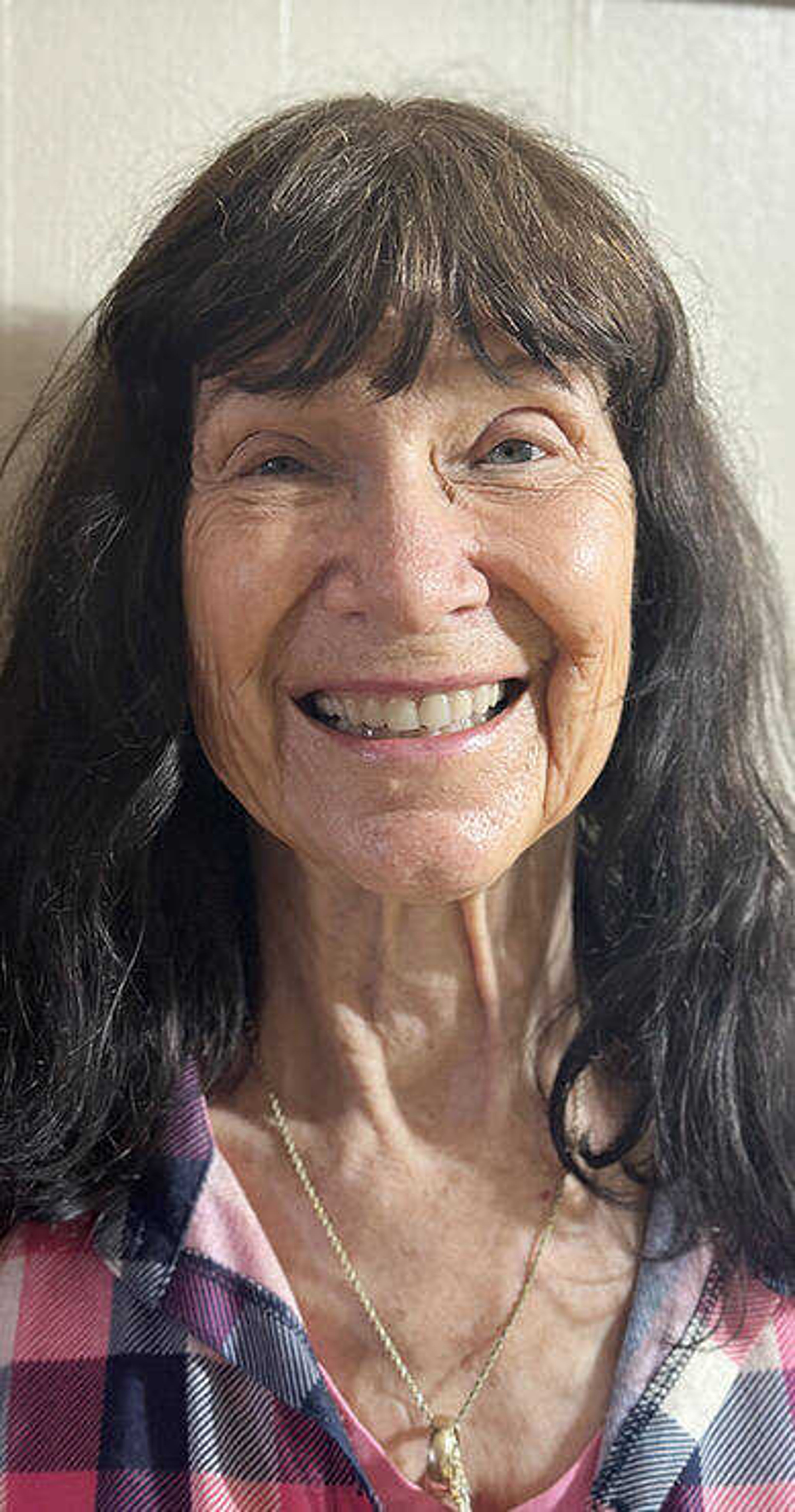The plus of the cross
Jenny and I sat in my office discussing various spiritual matters. Since this is the season of Lent and the approaching cross and resurrection is uppermost in the minds of most Christians, Jenny and I were discussing the "The Passion of the Christ." I couldn't watch Mel Gibson's movie of that horrific ordeal again. I couldn't stand to re-view the dire beatings Christ endured...
Jenny and I sat in my office discussing various spiritual matters. Since this is the season of Lent and the approaching cross and resurrection is uppermost in the minds of most Christians, Jenny and I were discussing the "The Passion of the Christ." I couldn't watch Mel Gibson's movie of that horrific ordeal again. I couldn't stand to re-view the dire beatings Christ endured.
Jenny, however, took a completely different viewpoint.
"Oh," she said, "I own the movie and I plan to watch it every Lenten season. I see it in a positive vein -- as a plus rather than a minus."
I had never heard the cross spoken of as a plus sign until then. I took a mental step back and tried to absorb the message of Jenny's statement. What did she mean by her image of the cross being a plus sign?
Jenny said that watching the film and reliving the passion made her love Christ even more after seeing what he endured for her. And she thought of the cross as a "plus sign" rather than a minus one.
Jenny thought of the spiritual aspect of the death and resurrection rather than the physical. Unlike Jenny, I am unable to separate the two.
Gospel writers saw the passion through different eyes, too. They all added a different twist to their story. It was evident the Holy Spirit spoke to each individually since they addressed aspects of the event according to the needs of their people. We're able to connect with all four Gospel authors in experiencing what ramifications Christ's death and resurrection had on us, and benefit from their insights.
Matthew's passion narrative calls Jesus "Emmanuel," God-with-us. This was to answer a frequently asked question of where God could be found after the destruction of Jerusalem and the Temple. In Gethsemane, Jesus asks his disciples to "be with him" in his hour of need (26:38-40). Jesus had promised to be with them in times of similar trials. Matthew talks about the importance of prophecy and fulfillment in Jesus' death. The divine purpose found in the apocalyptic cosmic events occurring at the beginning and end of Jesus' life -- the heavenly star announcing his arrival and an earthquake at the end.
Mark enlarged on the cruelty of the passion. "My God, my God, why have you forsaken me?" Mark doesn't wince at the suffering Jesus underwent, for it achieves salvation for humanity (14:24). Mark emphasizes the irony that the Roman centurion achieved the insight, which no Jew had, when he said "Truly this man was the Son of God" (15:39). Mark also emphasized the theme of kingship -- as a mission of service and sacrifice.
Luke's narration is filled with poignant and passionate moments that intensify the emotional impact of the passion. "Jesus' sweat became like drops of blood" (22:44). His portrait of Jesus is as one seeking out the lost to save them.
John's account, being the "different" Gospel, presents a dramatic and majestic portrayal. He points out that Jesus is not a victim, rather he "voluntarily lays down his life" (10:17-18.) John sees the passion as part of the cosmic conflict between darkness and light. Jesus brought light into a darkened world. Only John records the lancing of Jesus' side and sees the blood and water flowing from it as a symbol of the Eucharist and baptism -- lending other Christian significance.
Regardless of how many times we hear the passion story, we should approach each retelling anew, and decide on what we want to focus most concerning how Jesus' suffering brought new life into the world.
Will we concentrate on the "plus" of the spiritual or the "minus" of the physical aspect of the cross -- or both?
Ellen Shuck is director of religious education at St. Mary's Cathedral Parish.
Connect with the Southeast Missourian Newsroom:
For corrections to this story or other insights for the editor, click here. To submit a letter to the editor, click here. To learn about the Southeast Missourian’s AI Policy, click here.










